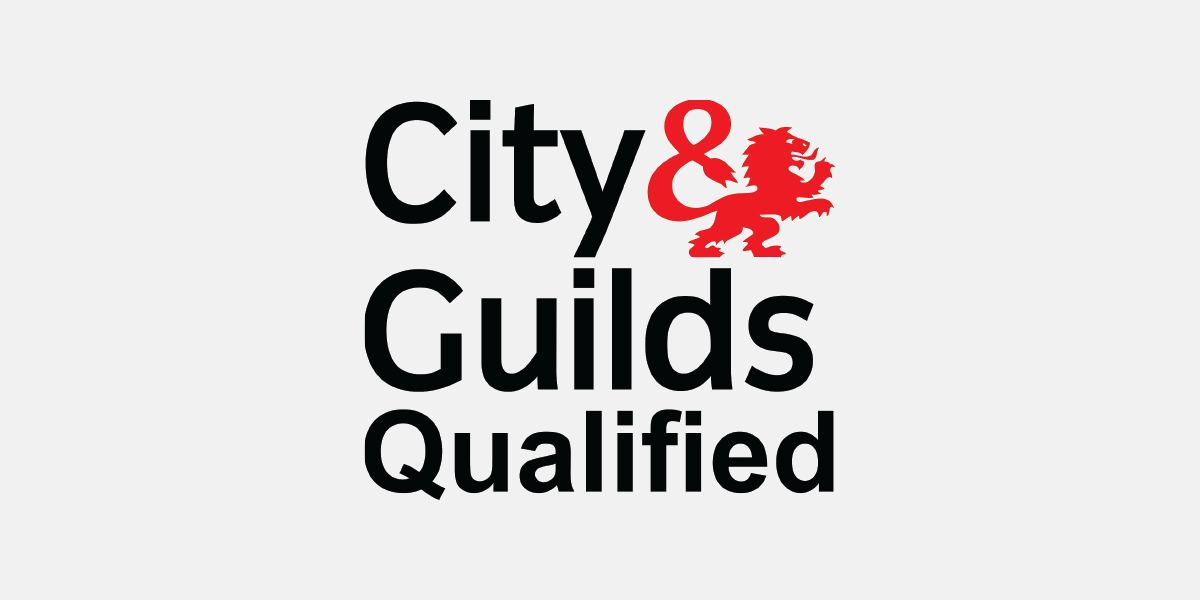Frequently Asked Questions
What insurance do you have? What does this cover?
Woodward Arborists has full Arboricultural Insurance with Public and Products Liability of £5 million which means we have every eventuality covered for your peace of mind. We are fully qualified with the relevant NPTC City and Guilds certificates
Can I request to have to wood for logging? How will you leave? Will you stack it?
We will happily leave you the wood for logging if asked to. We will endeavour to cut the logs into in large chunks for you to handle, they will be stacked near to where the tree was dismantled. If you would like to us to log and stack them this can also be arranged.
Can you replant a tree in the same place?
There may be a reason why the tree has been removed and the replanting in the same place may not be advisable. However, we offer a replanting service in a suitable place in your garden.
Do you have environmental policies?
Woodward Arborists strongly supports tree planting and encourages it on every contract where this is not possible when a tree is removed we donate £5 to the Woodland Trust, we always use re-cycled paper and use e-communication as much as we can. Woodchips are re-cycled as are logs. We try to use handsaws rather than chainsaws.
How will a diseased tree affect the trees within the area?
It depends on what disease the effected tree has, some diseases spread by root to root contact, others through the air. Generally, healthy trees are well prepared to cope with attacks from diseases.
Will you make the worksite safe?
Yes, we will keep the safety of the site our priority, if needs be we will tape off areas of the site and signs will be erected telling the public of the dangers. We can arrange for prior warning to be given to relevant parties, neighbours etc.
How much access do you need?
This is ascertained during the site visit and will be discussed with the client in full prior to any works.
How do I know if my tree is protected?
Woodward Arborists always check prior to any visit whether the area is within a Conservation Area or if any TPO’s (Tree Preservation Orders) are in place and advise accordingly.
What is the purpose of a tree preservation order?
A tree preservation order protects trees that make an impact on their local surroundings. This is important when trees are in immediate danger.
What is a tree preservation order?
A tree preservation order is made by the local planning authority which makes it an offence to cut down, reduce, crown thin, uproot, wilfully damage or wilfully destroy a tree without permission from the planning authority. Tree preservation orders are used to protect trees that contribute to the appearance (amenity value) of an area. They are made if a tree is under threat of being cut down or damaged.
What types of tree can be covered in an order?
All trees regardless of species can be protected by a tree preservation order. The order can cover anything from a single tree to woodlands. Hedgerows trees can be protected, but NOT hedges, bushes or shrubs.
Who grants this permission and how long does it normally take to come through?
The local council’s planning department will grant permission and we should hear from them within 6 weeks of them receiving the application.
What happens if I carry out work on a protected tree without permission?
If you destroy or damage a tree you could be fined up to £20,000 if convicted in the magistrates’ court. For other offences you could be fined up to £2,500. If the tree was cut down or destroyed, you will normally have to plant a replacement tree.
Do I always need permission to work on a protected tree?
Yes except for:
- Cutting down trees in accordance with one of the Forestry Commission’s grant schemes, or where the commission has granted a felling license.
You can cut down or cut back a tree under the following exemptions:
- If the tree is dead, dying or dangerous.
- In line with an obligation under an Act of Parliament.
- At the request of certain organisations specified in the order.
- If it is directly in the way of development that is about to start for which detailed planning permission has been granted.
- In a commercial orchard, or pruning fruit trees in accordance with good horticultural practice.
- To prevent or control a legal nuisance (you may find it helpful to check first with a solicitor).
Submit your Enquiry
I contacted Guy when I needed help with a neighbours large and unruly Leylandii tree. As we live in a conservation area, he guided me through the planning process and responded quickly to all my questions. On the day of the tree surgery, his team arrived on time, got on with the job in hand and dealt with a tricky job very efficiently. The garden was left super tidy and Guy was a pleasure to deal with.
Nina Radcliffe
We Give Back
Woodward Arborists genuinely care about the environment. We donate £5 to the Woodland Trust for every tree which we remove and are unable to replace. £3 can plant 1 tree, and £5 can help he Woodland Trust manage woodland for dormice.



